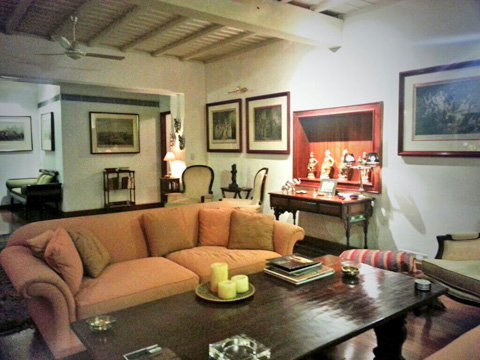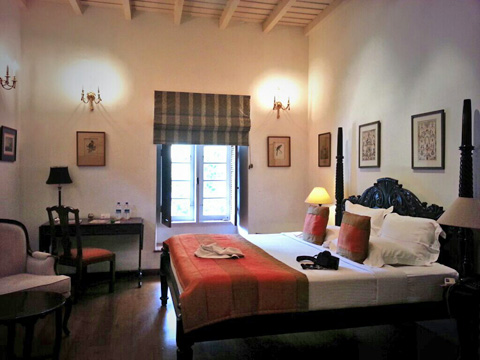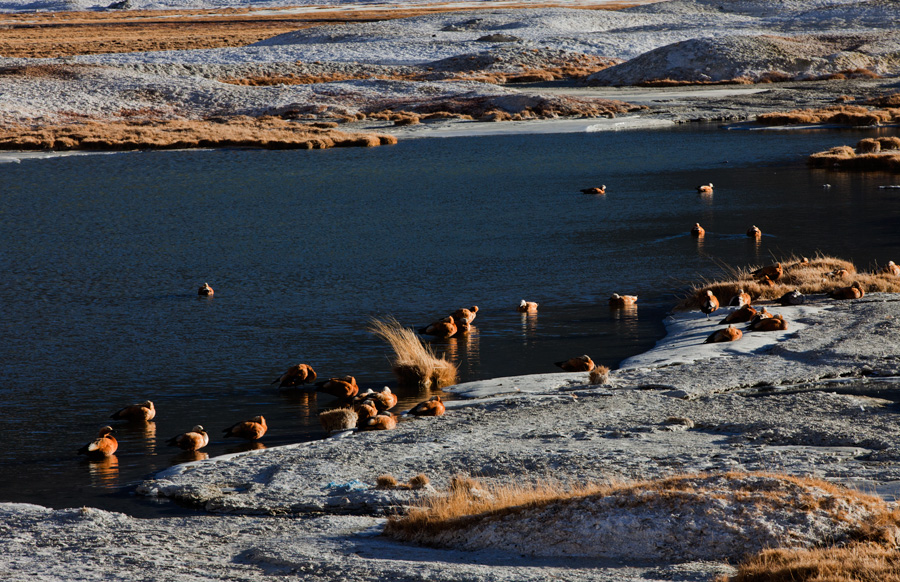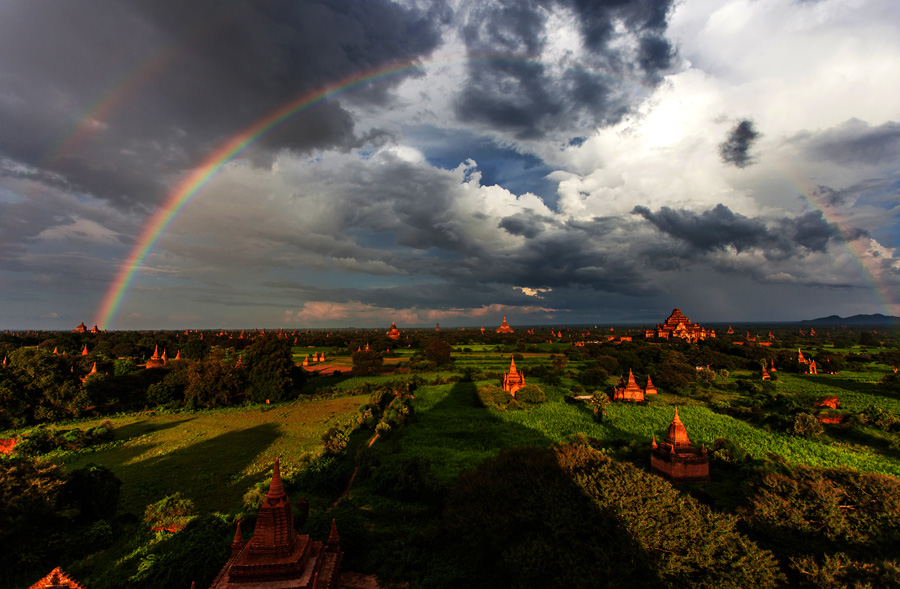During my visit to Fort Kochi last month, I stayed in 16th and 17th century bungalows that also hosted the likes of Vasco da Gama, governers of Portugese and Dutch administration, a French Admiral and a British Major.
About a month ago, universe conspired that I should take a holiday in Fort Kochi. I had scheduled a work-related visit to Cochin and my air tickets were all booked. Just as the dates approached–I still hadn’t planned my accommodation–I was invited by Neemrana to visit and experience their two non-hotel hotels in Fort Kochi. And two days before departure, all my work commitments in Kochi were cancelled, enabling me to enjoy an undisturbed beach-side holiday.


My first day at Fort Kochi was spent at Le Colonial, a 16th century bungalow that has witnessed much of Kochi’s recorded history. It was established as the governor’s residence when the then small fishing village was gifted by Raja of Kochi to the Portuguese. It continued to serve the same purpose more than a century later, even after the area came under Dutch control . Fort Kochi changed hands again and came under British rule another one-and-a-half centuries later, in the last decade of 18th century, and remained in their hands until the day of independence.
Now a boutique hotel since it last changed hands into Neemrana, Le Colonial has just seven rooms carefully decorated to reflect the days of it’s past. The rooms aren’t numbered, but named after personalities associated with the building. My room was named after Mahe de la Bourdonnais, who happened to spend a night here on his way from Pondicherry to Mahe.
Sometimes nature creates things that appear weird to us. Today’s photo is hot-springs of Ladakh in winter covered by an ice-shell!

We found these curious hot-springs during our wanderings in the high-altitude Chhangthang Plateau, Ladakh, during the winter months. Even when the outside temperature remains below zero and drops to -30 at night time, these geysers continue to spit boiling-hot water. Much of the water flows down as a stream, but a few droplets that fall away are instantly turned into snow. The result is this beautiful cone that forms a shell around the spring.
 We were able to hear the sound of gushing hot-water inside the ice-cone. The insides are even more beautiful with icicles hanging on the ice-wall and a sulphurous smoke rising from its belly. Beauty PLUS fascination!
We were able to hear the sound of gushing hot-water inside the ice-cone. The insides are even more beautiful with icicles hanging on the ice-wall and a sulphurous smoke rising from its belly. Beauty PLUS fascination!
Some birds take advantage of these hot-springs. We saw ducks enjoying the stream of warm waters made by these springs. Ruddy shelducks, which generally migrate to lower altitudes in winter, were enjoying staying back here in a small flock. The avian population in the area was unusually dense for winter months in Ladakh.
Todays’s photo – when weather gods smiled over the pagodas of Bagan…

For those who haven’t heard of it, Bagan in Central Myanmar was the original capital of Myanmar Kings. In the days of glory, which started nearly a millennium ago, a slew of pagods were built along the plains of Bagan overlooking the Ayeyar River. About 2000 pagodas have survived the march of time, forming what looks like a miniature mountain-range raising from the otherwise prostrate landscape.
Ever since Myanmar opened up for visitors, Bagan has been one of the prime attractions, something like a crown jewel. It’s possible to climb over a few of these Pagodas, and Shwesandaw is the among taller and popular ones.
This photograph was made on a glorious October evening as the sun splattered his orange blaze over the pagodas, even as the eastern sky danced to a tune of the clouds. As you can guess, Shwesandaw’s shadow is right in front, giving a hint of its elevation against its smaller counterparts.




